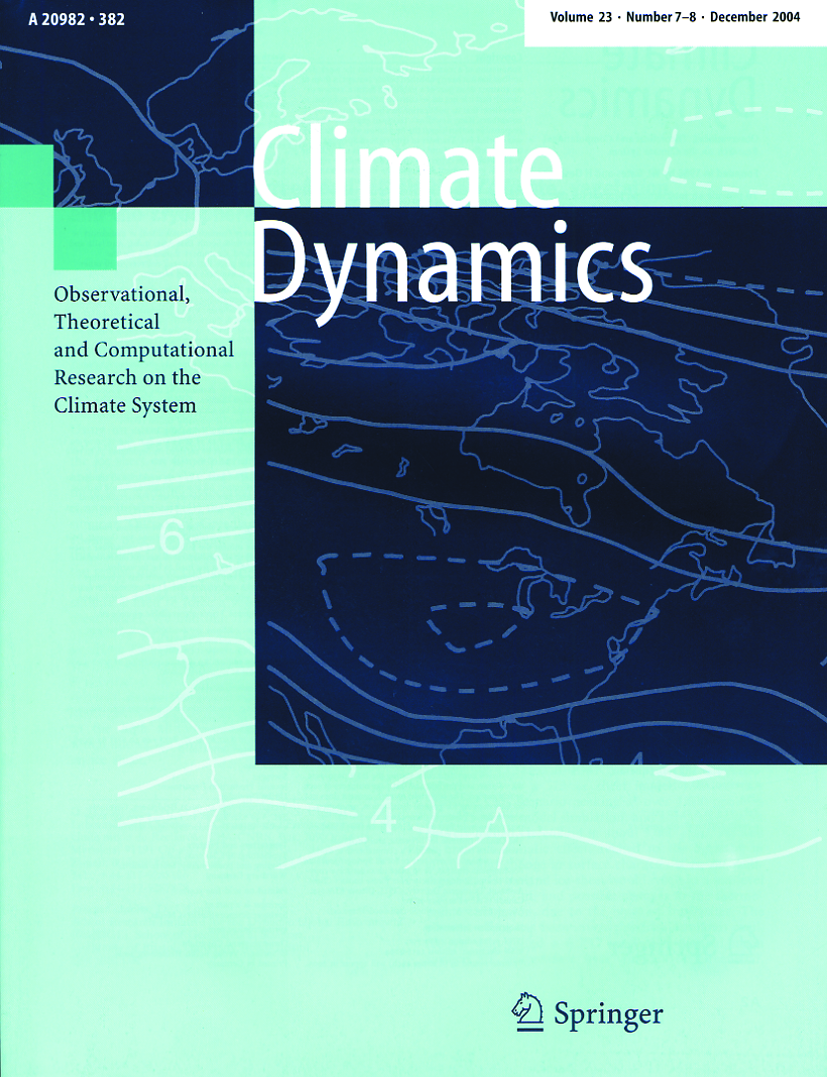It's a measure of remote sensing spatial resolution. I helped design these things. Silly boi. Now, answer my question.
We're not "remote sensing" into the future ... if we could, we wouldn't be building computer simulations ... those are just buzz words that don't mean anything in this context ...
So ... old man ... allow me to explain ... we take a volume and divide it up into equal "unit volumes" ... for each unit volume, we calculate the work done on it by the surrounding unit volumes over our unit time interval ... for each and every unit volume ... this is our first iteration ...using these results, we then do the same calculations for our second iteration ... and keep going for however many iterations we need ... get that, the output of one iteration is the input of the next iteration ...
For our atmosphere, much is still unknown, much we're frantically trying to learn to measure ... until we find these values, we have to assume ... so we'll tweak these assumed values and run the whole simulation again ... tweak and run again ... how ever many times needed ... in the end, we're left many results and we typically present these results as a distribution curve ... the 2ºC temperature increase in the next 100 years is the most likely result, no one's saying it will be such, only this is the most likely results if climate forcing reaches 4.5 W/m^2 by 2120 ... if your familiar with distribution curves, then you know marginal results are extremely unlikely, there exist a tiny chance temperatures could go up 3ºC and equal chances it could be 1ºC ...
There's a balance between the size of our unit volume (and unit time interval) and how long we can wait for results (or how much supercomputer time we can afford) ... the smaller our unit volume, the more accurate our results, but the longer it takes to resolve ... why bother running a computer five days to find the five day forecast? ...
I have no idea where you get "spatial resolution" from 7 km x 11 km ... my math gives me 77
SQUARE km ... that's an area, not a volume ... the correct answer is we use the full height of the atmosphere, typically capped at 180 mb (roughly 10 km at Germany's latitude) ... 770 km^3 is a rather large unit volume ... the global climate model results from a few years ago used 7.5º x 7.5º x full height which is an enormous unit volume ... just plunging accuracy into pretty much useless results ... plus, at full height, these models completely ignore the convective transfer of energy, any beginning student of meteorology will tell you that's so flawed as to make the model results completely bogus ... at least with today's computers ...
With this in mind, the answer to your question is that these results are
statistical data ... and should be treated with care and all the general reservations any scientist has woth anything statistical ... it's a great and useful tool, but the data is profoundly non-empirical ... we still have to wait 100 years before we'll know what the actual temperature will be then ... "lies, damned lies and statistics" -- Benjamin Disraeli ...
You'll never admit an uneducated construction laborer knows a little more than your doctorhood about weather ... I can't believe you missed that about convection ... there's nothing left for you but personal attacks on me ... go for it ... every one counts as a victory for me ...
Read James Hansen's textbook on Climatology ... you can be useful by explaining how he's using the stress tensor in his derivations ... I assume a geologist lives breaths and functions on this type of math ... it's above my pay grade ...
